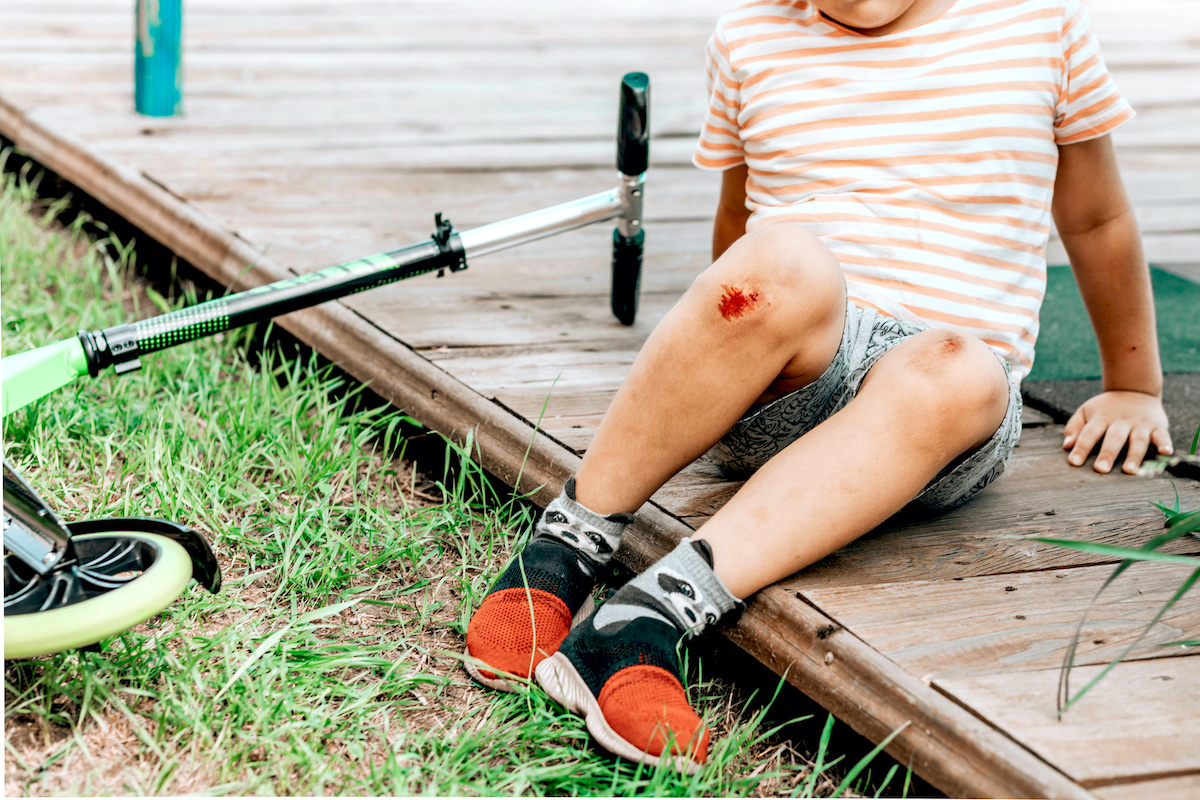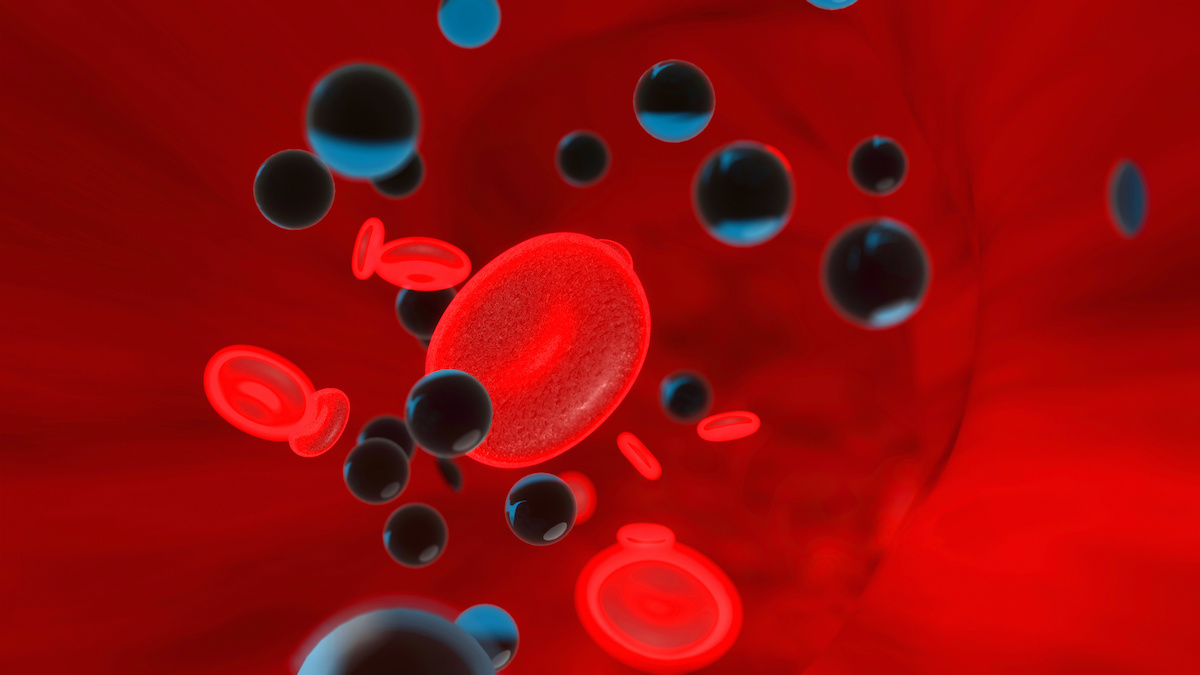
Most cuts are small and can be cared for at home. But some cuts might need medical care.
What to do: Some cuts need care right away. Call 911 for cuts that:
- have heavy bleeding (soaking through bandages) or are spurting blood
- happened with a severe head or neck injury
Call your doctor or seek medical care if:
- You can’t stop the bleeding after 15-20 minutes of pressure (keep putting pressure on the cut until you get help).
- Dirt, debris or something else is stuck in the wound.
- The cut is on the face, ear, or neck.
- The cut was caused by an animal or human bite, a burn, electrical injury, or puncture wound (like a nail).
- The cut is more than half an inch long or appears to be deep. Large or deep wounds should be checked for nerve or tendon injury.
- You think the cut needs stitches; for example, if the cut is gaping open or you can see yellow fat under the skin or red muscle.
For bleeding from a large or deep cut or tear:
- Rinse off the wound with water so you can see it clearly and check its size.
- Place a piece of sterile gauze or a clean cloth over the entire wound. If available, wear clean latex or rubber gloves.
- If you can, raise the bleeding body part above the level of the heart. Do not apply a tourniquet.
- Using the palm of your hand on the gauze or cloth, apply steady, direct pressure to the wound for 5 minutes. (During the 5 minutes, do not stop to check the wound or remove blood clots that may form on the gauze.)
- If blood soaks through the gauze, do not remove it. Apply another gauze pad on top and continue applying pressure.
If you have any doubt about whether stitches are needed, call your doctor. But don’t wait. If a cut needs stitches, medical glue, or another kind of repair, it must happen within 18–24 hours of when the cut happened.
Home care for small cuts:
- Rinse the wound thoroughly with water to clean out dirt and debris.
- Wash the wound with a mild soap and rinse well. (For minor wounds, you don’t need to use an antiseptic solution to prevent infection, and some can cause allergic skin reactions.)
- Cover the wound with a sterile adhesive bandage or sterile gauze and adhesive tape.
- If the bandage gets wet, remove it and apply a new one. After the wound forms a scab, a bandage isn’t needed.
- Check the wound daily.
- Call your doctor if the wound is red, swollen, tender, warm, or draining pus.
Scars and treatment
Proper treatment of all skin injuries is essential to avoiding scars. Scarring can come from cuts—these are the most common injuries. But scrapes and burns can leave scars as well. Scars are more likely in injuries where the skin is not just cut but also crushed or otherwise damaged. Clean cuts can heal very well if they’re washed out and treated to avoid infection.
If there’s no loss or destruction of skin and tissue, stitches can be a great idea, since health care professionals are good at lining up skin borders, which can minimize scarring.
How scars happen: To understand how scars form and how to avoid them, it’s helpful to understand your skin’s healing process. When you get a cut, scrape or burn, your body immediately responds with a series of steps to heal itself:
- The first stage is hemostasis. The body prevents blood loss by sending platelets to the site, which bind together and seal the wound, forming a scab.
- Next comes inflammation. White blood cells arrive at the area to fight off bacteria. You may notice redness, swelling, heat and pain. This is a natural part of the healing process and resolves on its own unless infection takes over. More inflammation in the healing process can mean a greater chance of scarring.
- Proliferation is the next step. This is when the skin and vessels create new cells. As proliferation continues, you’ll see the edges of the scab shrink toward the middle, leaving new skin behind.
- Finally, maturation occurs. The wound is healed, and there may be a scar in its place.
What you can do to avoid scars
1. Keep cuts and scrapes clean and covered.
For minor injuries, it’s important to keep them clean and protected. Use antibacterial cream or ointment and cover the area with a bandage, which can speed healing. Avoid using hydrogen peroxide, which can be harmful to healing wounds.
The presence of debris, bacteria or other impurities in open skin can trigger infection and extend the inflammation period. Prolonged inflammation enhances scar formation. That’s why it’s essential to clean the wound carefully, with professional help if necessary.
2. Avoid scratching or picking scabs.
3. Get help for serious skin injuries or continued bleeding
Scar treatments: Once as scar has formed, are you stuck with it? Not necessarily. Plastic and reconstructive surgeons can do a lot to minimize scars and help you feel better about your appearance. A bonus is that some of these treatments can also address itching and pain associated with severe scars.
Source: Medically reviewed by Melanie L. Pitone, MD; https://kidshealth.org/en/parents/bleeding.html?ref=search.








